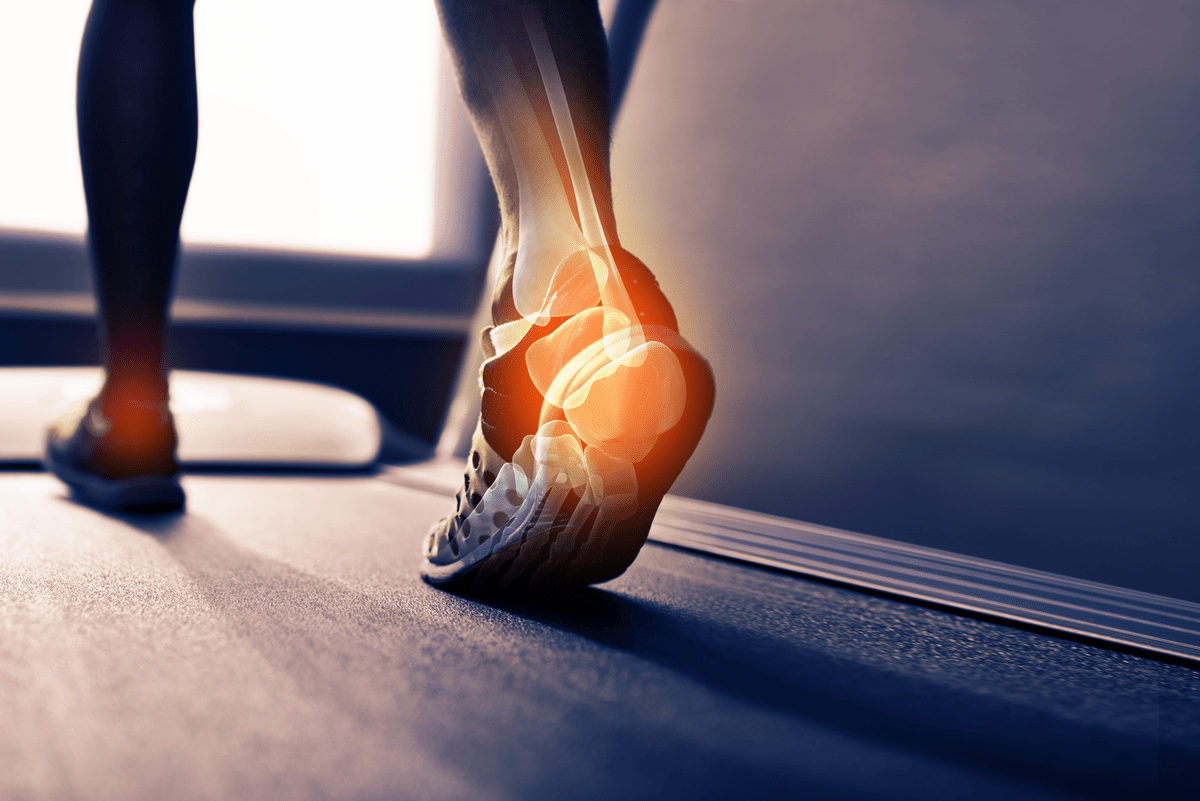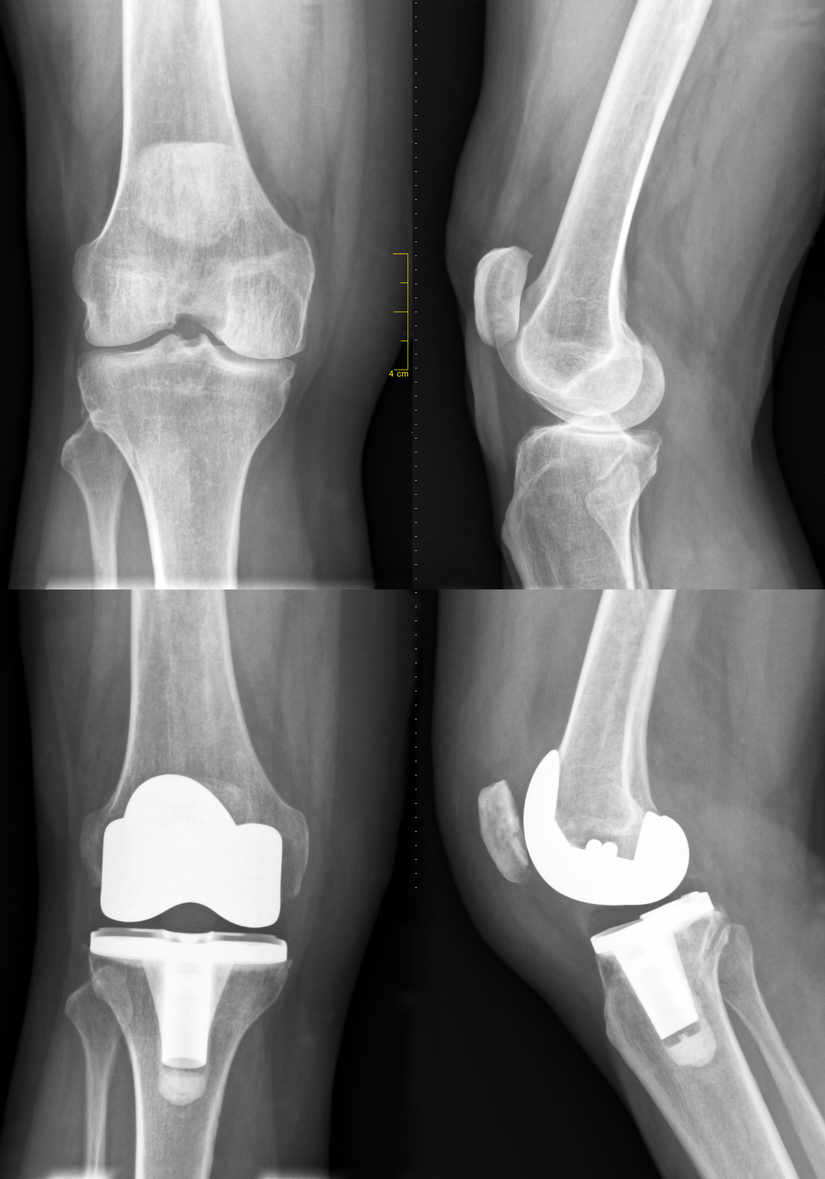How do i know if I tore my acl?
Spraining, over-stretching or tearing your anterior cruciate ligament is one of the most common knee injuries, especially if you’re an athlete who plays a sport like soccer, football or basketball. The ACL provides stability to your knee, making it one of the knee’s most crucial ligaments. It also prevents your knee from over-rotating and the shinbone from coming forward.
“An ACL tear is often caused in one of five ways,” says Orthopedic Surgeon Barbaro J. Perez, M.D., with Riverside Orthopedic and Sports Medicine Specialists Gloucester. “You may have quickly changed direction, stopped suddenly, slowed down while running, jumped and landed wrong or torn it when colliding with another person while playing a sport like football.”
“About half of all patients who come in with an ACL injury have additional knee damage in their cartilage or another ligament,” adds Orthopedic Surgeon Steven J. Hospodar, M.D., also with Riverside Orthopedic and Sports Medicine Specialists Gloucester.
Dr. Perez explains how to know if you’ve torn your ACL and how these injuries are treated.
Signs and symptoms that indicate an injured ACL
You’ll often hear a popping sound when you first injure your ACL. Additional symptoms include:
- Swelling, typically 6-24 hours after your injury
- Pain, which tends to get worse if you put weight on it
- Trouble continuing to play your sport
- Loss of full range of motion
- Tender joint
- Discomfort or knee feels weak when walking
If you’re experiencing any of the above symptoms, contact a doctor as soon as possible. To treat your injury prior to your appointment, raise your leg above the level of the heart and ice your knee for 15-20 minutes every few hours. You shouldn’t participate in any physical activities until a doctor has examined your knee.
Determining the severity of your injury
“There are three levels of severity we use to assess injured ligaments,” explains Dr. Hospodar. These levels, along with how active you are, will determine whether or not you’ll need surgery.”
Grade 1 sprain: There’s only mild damage to the ligament, and you’re still able to keep the knee joint stable.
Grade 2 sprain: You’ve stretched the ligament to the point where it’s partially torn.
Grade 3 sprain: Your ligament is completely torn (split into two pieces), and your knee joint isn’t stable. The majority of ACL injuries are complete or almost complete tears.
To confirm your diagnosis and find out if you’ve suffered more injuries, your doctor may request an X-ray or MRI of your knee.
Getting better without surgery
Not every injured ACL will need surgery. If your injury is mild or you’re not that active, your knee may be able to heal without surgery through one or more of these treatments:
- Nonsteroidal anti-inflammatory drugs to relieve pain
- Crutches to assist you in walking until the swelling and pain are gone
- Knee brace to provide stability
- Physical therapy that will improve your motion and strength
What happens if you need surgery
If you’ve torn your ACL or are very active, you’ll likely need surgery to rebuild the ligament.
“Our ACL surgeries are performed arthroscopically, which means it’s a minimally invasive procedure,” says Dr. Perez. “It allows athletes to recover a lot faster than if we had opened up their knee.”
“Our success rate for this procedure is higher than 90%, but that includes several months of our physical therapy program to achieve that positive outcome,” Dr. Hospodar adds.
During physical therapy, your therapist will help you regain the range of motion in your knee. Once you’ve achieved that goal, you’ll slowly build strength and endurance as well as improve your stability and balance. Finally, your physical therapist will teach you how to prevent injuring your knee again.
Don’t live in pain
Living with a swollen, painful knee is not pleasant. Without proper treatment, you could cause further damage to your knee. Only a doctor can find out the proper course of treatment.
Related:



